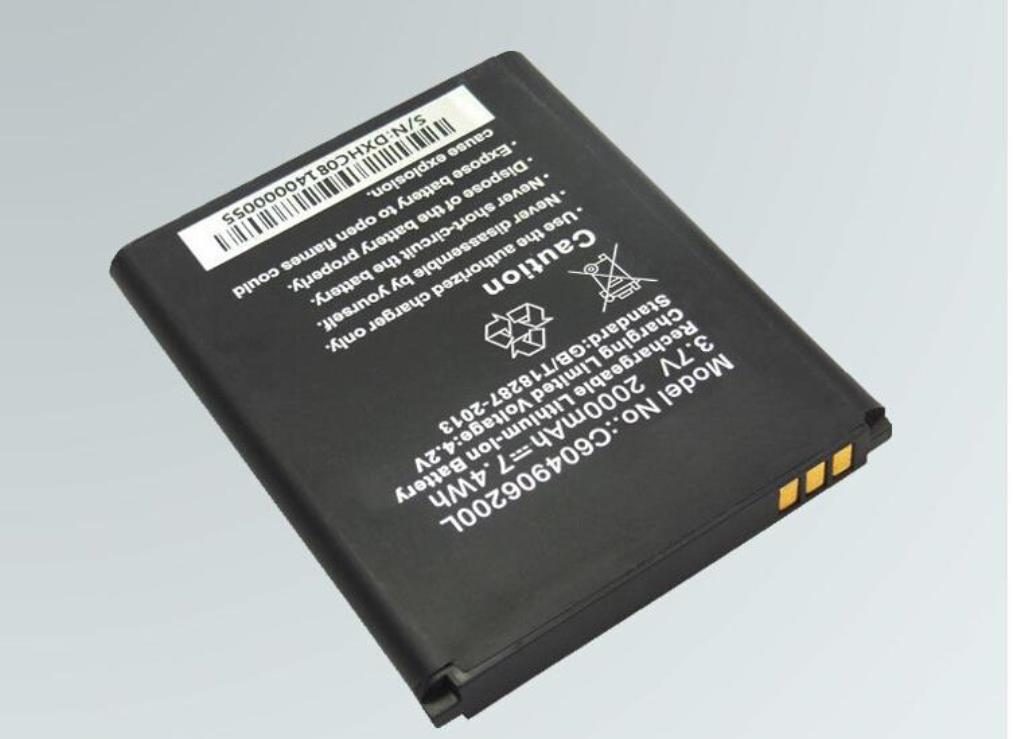Researchers have found that nanodiamonds – tiny diamond particles 10,000 times smaller than the diameter of a hair. It can prevent short-circuits and fires in lithium batteries widely used in mobile devices from cell phones to laptops.
Read also:Train your mind just in 11 minutes to quit alcoholism!
According to research:
- The new process can turn electrolyte solution a key component of most batteries into a safeguard.
- In addition, against the chemical process that leads to battery-related disasters.
- In the study the researchers described a process by which nanodiamonds curtail the electrochemical deposition, called plating.
- Furthermore, that can lead to hazardous short-circuiting of lithium ion batteries.
Read also:Novel drug may provide hope for blood cancer patients
According to researchers:
- We anticipate the first use of our proposed technology will be in less critical applications not in cell phones or car batteries.
- To ensure safety, additives to electrolytes.
- Such as nanodiamonds, need to be combined with other precautions.
- Such as using non-flammable electrolytes, safer electrode materials and stronger separators.
- As batteries are used and charged, the electrochemical reaction results in the movement of ions.
- Between the two electrodes of a battery, which is the essence of an electrical current.
- Over time, this repositioning of ions can create tendril-like buildups almost like stalactites forming inside a cave.
- These battery buildups, called dendrites, are one of the main causes of lithium battery malfunction.
- As dendrites form inside the battery over time, they can reach the point where they push through the separator.
Read also:Reducing nicotine in cigarettes could curb addiction
- In addition, a porous polymer film that prevents the positively charged part of a battery from touching the negatively charged part.
- When the separator is breached, a short-circuit can occur.
- Furthermore,which can also lead to a fire since the electrolyte solution in most lithium-ion batteries is highly flammable.
- To avoid dendrite formation and minimise the probability of fire, current battery designs include one electrode made of graphite filled with lithium instead of pure lithium.
- The use of graphite as the host for lithium prevents the formation of dendrites.
- But lithium intercalated graphite also stores about 10 times less energy than pure lithium.
Read also:.Scientists closer to making exercise in a pill
The finding means that a great increase in energy storage is possible because dendrite formation can eliminated in pure lithium electrodes.
